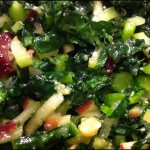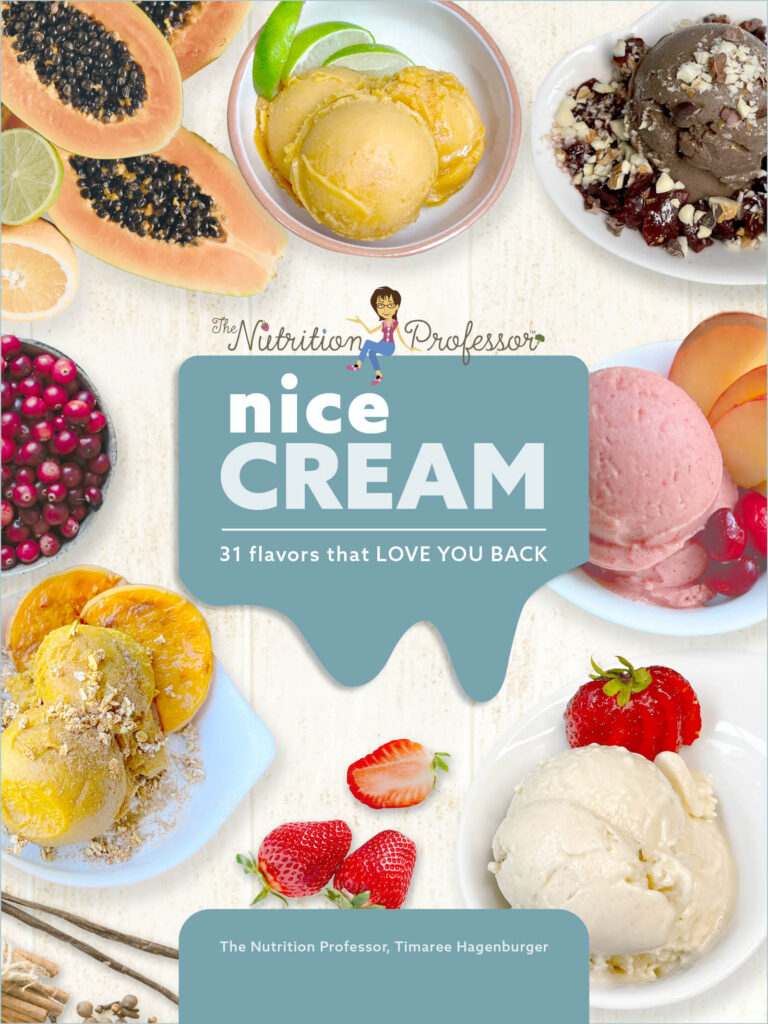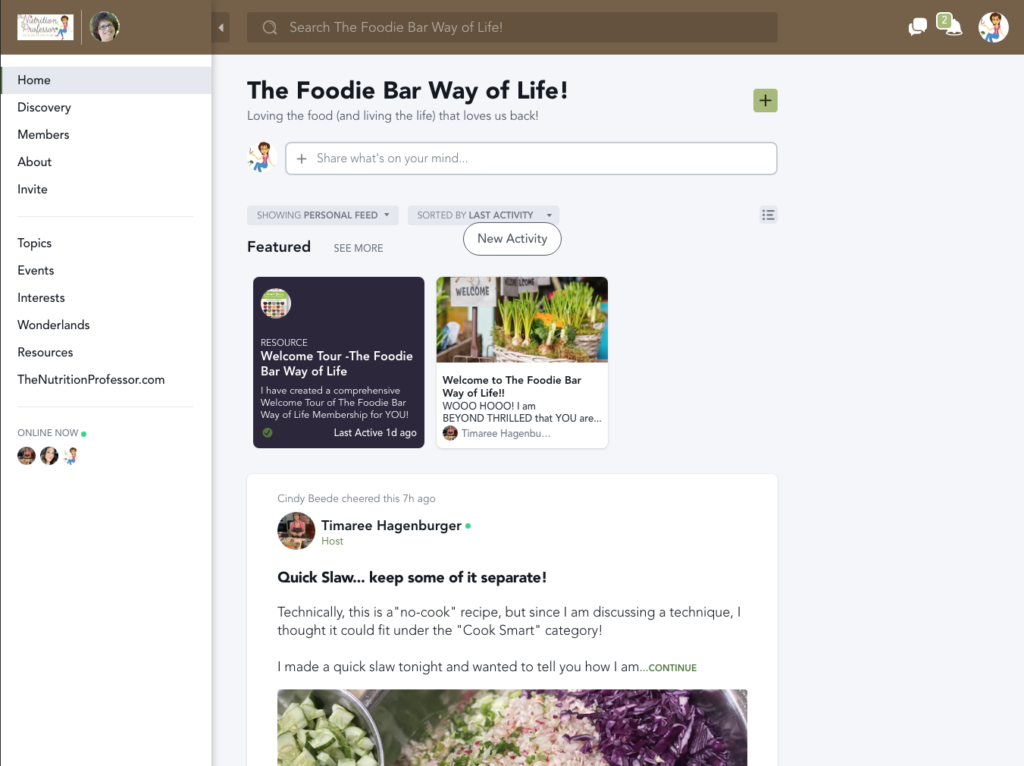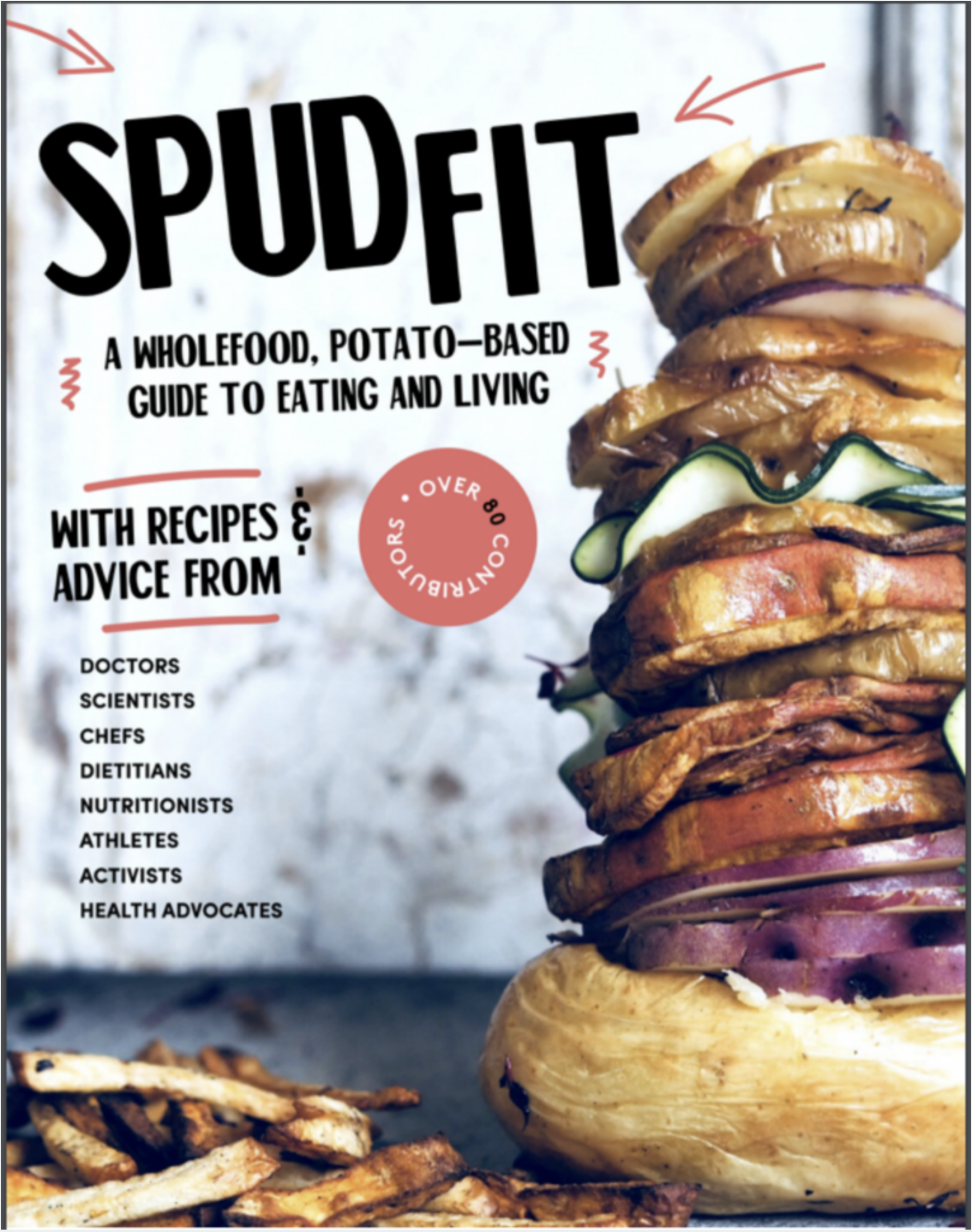Dear Timaree: It seems like everyone is talking about kale. Is this all hype or is it something that I should start buying?
Timaree: Kale will not disappoint, as it is one of the most nutritious foods on the planet! Although many people were only acquainted with kale as a garnish next to their entree, it has found its way to center stage and finally beginning to get the respect it deserves!
Shop Smart Kale may be fairly “new” to you, but this amazing green leafy vegetable has been traced back before 600 B.C. and is a member of the Brassica family, along with other nutrient packed cruciferous veggies like cabbage, cauliflower, broccoli, collards and Brussels. Three different varieties of kale are widely available in our area: curly kale (dark green), purple kale (a.k.a. salad savoy) and dinosaur kale (long leaves shaped like large feathers). Each varies in taste and texture, with the smallest leaves being the most tender and mild. Kale can be found all year round, but it’s “season” is mid-winter to early spring. Look for deeply colored leaves, free from holes and not wilted. Since leafy greens can harbor pesticide residues, organic kale should be purchased when feasible (Our local Raley’s has a wonderful organic produce section!). Kale can be stored for nearly a week in the crisper drawer, so long as it is unwashed in a plastic bag (remove as much air as possible).
Cook Smart Enjoying kale in both raw and cooked forms will maximize your exposure to a wide variety of beneficial nutrients. Raw kale can play the staring role in a salad (see recipe below), or contribute to a myriad of colors, flavors and textures that make “everything but the kitchen sink” salads so irresistible. When I bake kale chips for my family or add kale to a favorite bean soup, I never throw away the stems, I simply chop them up and toss them into my salads and stir-fries! When I steam or saute kale, I tear it up, toss with a bit of lemon juice and let it sit for at least five minutes before cooking to increase the nutrient concentration. I add kale to many whole grain dishes, including pastas, quinoa, bulgur and barley, even enchiladas and lasagnas! We juice kale along with celery, apple, parsley and carrots in our Champion Juicer made right here in Lodi, a wonderful holiday gift idea that supports a local, family-owned company!
Eat Smart Not only is kale is a phenomenal source of vitamins K, A and C, recent research has identified 45 different phytonutrients in kale which work together to reduce inflammation, protect our cells from oxidative stress, and reduce cancer risk (bladder, breast, colon, ovaries and prostate). Kale also provides protein, calcium, potassium and manganese. The fiber in cooked kale has been shown to do an even better job than raw kale at binding to bile salts, thereby reducing blood cholesterol levels. At only 35 kcals per cup, it offers more nutrition per calorie that any other veggie!
If you want to tap into the plethora of health promoting and disease fighting properties kale has to offer, but have been a bit hesitant to peruse the greens section of your favorite produce area, try this recipe and be pleasantly surprised how delicious it is. You might even say to yourself, “I can’t believe this is kale!”

This salad is so good, you just might be amazed that you are eating kale!
Kale, Apple and Celery Salad with Cranberries
Ingredients
1/4 cup dried cranberries, roughly chopped
1/4 cup hot water
1 bunch of kale (curly or dinosaur varieties)
1 apple, cored and diced/julienned
4 celery ribs, diced small
1/4 cup parsley, chopped
1/4 cup roughly chopped walnuts
1/4 cup white wine vinegar
3 TBSP unsweetened applesauce
1 TBSP date syrup (recipe) or maple syrup
1 tsp Dijon mustard
1/2 tsp salt (optional – to taste)
2 Tbsp vegetable broth
Procedure
In a small bowl, add the cranberries to hot water and cover for ~10 mins. Chop cleaned kale leaves into 1/4 inch strips and large stems into very small pieces, then add the diced celery, apple, parsley, walnuts and drained cranberries (saving liquid). Combine the reserved cranberry liquid, vinegar, applesauce, syrup, mustard and salt (if using). Toss the salad with the dressing and let it stand for at least 10 minutes to maximize flavors and phytonutrients (keeps well for several days in the fridge).
Recipe adapted by The Nutrition Professor from Something Extra (Oct-Dec 2011).
Timaree Hagenburger, a plant-based registered dietitian nutritionist (RDN), certified exercise physiologist with a master’s degree in public health, has over 20 years of experience as a nutrition professor. She is a sought after speaker, media personality and author, who works with private clients, and in corporate wellness, has contributed to several cookbooks and published her own cookbook, The Foodie Bar Way: One Meal, Lots of Options, Everyone’s Happy (www.foodiebars.com)! Timaree is also the founder of an incredible online membership community, The Foodie Bar Way of Life, that makes loving the food (and living a life) that loves us back… simple, satisfying, sustainable AND FUN! You can contact her about working with her through 1:1 dietitian nutrition coaching, for hands-on cooking instruction and to inquire about arranging a speaking engagement.

 Order and learn more at www.FoodieBars.com
Order and learn more at www.FoodieBars.com

 This is a first for me... Some of MY recipes are part of a rock star compilation cookbook put together by Andrew Spud Fit Taylor!! Order it today!
This is a first for me... Some of MY recipes are part of a rock star compilation cookbook put together by Andrew Spud Fit Taylor!! Order it today!